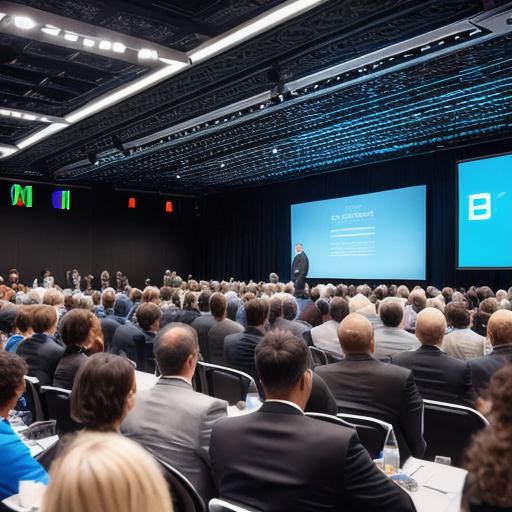The Truth About Web3’s Decentralization: Myths and Realities

Web3 is a term that has been buzzing around the tech community for quite some time now. It refers to the third generation of the internet, which aims to provide a decentralized infrastructure for web applications and services. While the concept is intriguing, there are still many myths and misconceptions surrounding Web3’s decentralization. In this article, we will explore the truth behind these myths and realities.
Myth: Decentralization means no central authority
Decentralization in the context of Web3 refers to the distribution of data, resources, and decision-making power across a network of nodes. However, it does not mean that there is no central authority involved in managing the network. In fact, some Web3 networks have designated "stakeholders" or validators who are responsible for verifying transactions, maintaining consensus, and ensuring the integrity of the data.
Case Study: Ethereum’s Validators

Ethereum is one of the most popular Web3 platforms, with a network of over 2 million nodes. It uses a proof-of-work consensus mechanism that requires validators to solve complex mathematical puzzles to verify transactions and add them to the blockchain. These validators are incentivized to act honestly because they stand to gain rewards for their work.
Reality: Decentralization is not absolute
While decentralization aims to distribute power across a network, it is not an absolute concept. In practice, there will always be some level of centralization present, whether it’s in the form of designated stakeholders or other forms of governance structures. The goal is to strike a balance between decentralized decision-making and efficient management.
Myth: Web3 is completely secure
Web3 is often touted as a more secure alternative to traditional centralized systems. While it’s true that decentralization can make it harder for hackers to compromise the system, it’s not foolproof. Smart contracts, which are self-executing programs that automate complex processes on the blockchain, have been exploited in the past. Additionally, while decentralized decision-making can help prevent corruption and censorship, it’s still possible for malicious actors to manipulate the system.
Case Study: The DAO Hack
In 2016, a group of hackers exploited a vulnerability in the Ethereum blockchain to steal over $50 million from the decentralized autonomous organization (DAO). While the incident highlighted the risks of smart contracts, it also sparked a debate about the future of Web3 and how it can be made more secure.
Reality: Decentralization is not immune to bugs and vulnerabilities
While decentralization can help prevent some types of attacks, it’s not a magic solution for security. Bugs and vulnerabilities can still arise in Web3 systems, and they can be exploited by malicious actors just like in traditional centralized systems. It’s important for developers to prioritize security from the start and to continue testing and updating their systems regularly to prevent and mitigate potential threats.
Summary
Web3 is an exciting development that aims to provide a decentralized infrastructure for web applications and services. While there are still many myths and misconceptions surrounding its decentralization, the truth is that it’s not completely decentralized and there will always be some level of centralization present. However, by striking a balance between decentralized decision-making and efficient management, Web3 can offer many benefits over traditional centralized systems, including greater transparency, security, and resilience.








